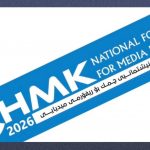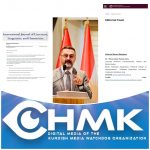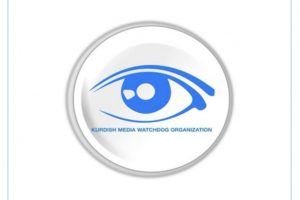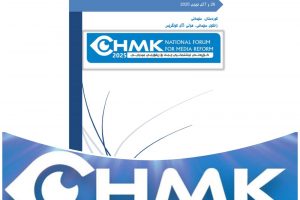By Kareem Abdulrahman
From BBC monitoring
Kurdish media outlets in Iraq have mushroomed over the last decade, spurred by the semi-autonomous status the region has enjoyed since the uprising against the Saddam regime in 1991.
The Kurdistan Democratic Party (KDP) and Iraqi President Jalal Talabani’s Patriotic Union of Kurdistan (PUK) dominate the political scene. Most media outlets are controlled by political parties, but the launch of Hawlati newspaper in 2001 marked the emergence of an independent media. Most political parties own TV and radio stations and newspapers. TV audiences grew when stations began to dub or subtitle cartoons, films, and documentaries into Kurdish. But the Kurdish media – with the exception of independent outlets such as Hawlati and Awene – are dogged by a reliance on funding from their backers, rather than revenue from sales and advertising. Advertising in the media is a recent trend. Mobile phone companies are by far the biggest customers. Relations between journalists and the government can be thorny. Reporters complain of arrests, intimidation, and harassment, while the government accuses them of working against national interests.
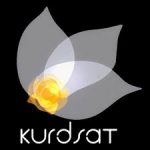
Kurdsat logo (screen shot)
Kurdsat TV is run by the Patriotic Union of Kurdistan (PUK)
A 2007 UN report noted that: “The Kurdistan regional government authorities continue to subject journalists to harassment, arrest and legal action for their reporting on government corruption, poor public services or other issues of public interest.” Many journalists have faced defamation charges, filed by officials. One such case involved Hawlati newspaper and the region’s prime minister, Nechirvan Barzani. Rigid Saddam-era media laws, still in effect, give rise to complaints from journalists. Media training is in short supply.
THE PRESS
There is a vibrant press scene, with a burgeoning array of independent and semi-independent newspapers and magazines. The PUK publishes two dailies: Kurdistani Nuwe, and Arabic-language al-Ittihad. It funds the Aso daily. The KDP publishes the Khabat and Arabic-language al-Ta’akhi dailies. Former PUK deputy leader Nawshirwan Mustafa’s Wisha Company owns the Rozhnama daily. Other prominent journals include the independent, twice weekly Hawlati, the Awene weekly, the PUK-funded Chawder and the Kurdistan Islamic Union-owned weekly Yekgirtu. Despite a lack of reliable circulation data, Hawlati is thought to have the largest readership, printing some 20,000 copies. Newspapers cost between 20-30 UK pence (60 US cents).
BROADCASTING
There are three 24-hour satellite TV stations operating from Iraqi Kurdistan. Kurdistan Satellite TV in Salah-al-Din, north of Arbil, and Zagros TV in Arbil are owned by the KDP, while the PUK operates KurdSat, based in Suleymaniya.

Kurdistan Satellite TV logo (screenshot)
The Kurdistan Democratic Party (KDP) owns Kurdistan Satellite TV
Kurdistan Satellite TV was the first of the three to take to the air, in 1999. The channels have adopted an entertainment-based format. Most households in the region have satellite receivers. A dish costs around £90. There are dozens of terrestrial TV stations, most of them run by political parties. They are often entertainment-based, broadcasting only in the evening. The region’s many radio stations tend to be operated by political parties. Most of them are entertainment-based. A notable exception is Radio Nawa, a 24-hour news station which launched across the region in 2005. It is also available via the internet. The station focuses on local issues and carries half-hourly news updates.
INTERNET
The internet has given a new dimension to the Kurdish media landscape. By covering breaking news, sites have filled a gap left by broadcasters. Moreover, the internet has given a platform to the Kurdish diaspora who do not always have access to print media.



